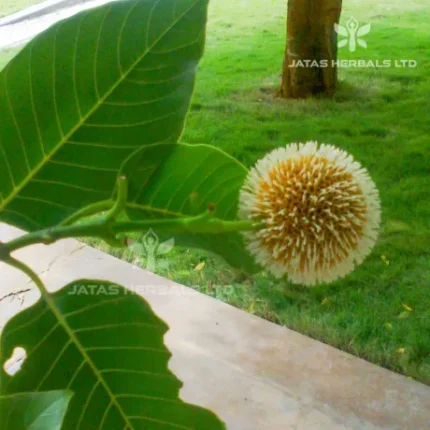Caraka (Su.27/89 & Ci.13/180), Susruta (Su.46/272 & Sa.10/30) and Vagbhata (Su.6/97 & Ci.15/82) have quoted kalasaka twice each in their works and the plant is identified as C. capsularis Linn. Apart from kalasaka, cancu is also quoted by caraka (Ci.19/35) and vagbhata (Su.6/85; Ci.9/22 & Ut.30/37) separately. In the sutra sthana 6th chapter, vagbhata quoted both cancu (A.H.Su.6/85) and kalasaka (A.H.Su.6/97) separately. This provides a clue that these are two different plants. Kalasaka and cancu are therefore considered as C. capsularis and C. fascicularis respectively. Caraka described cancu under AtisŒra treatment while vµagbhata quoted it under Saka varga.
Botanical Description (C. capsularis) – The plants are tall, usually annual herbs, reaching a height of 2-4 m, unbranched or with only a few side branches. The leaves are alternate, simple, lanceolate, 5-15 cm long, with an acuminate tip and a finely serrated or lobed margin. The flowers are small (2-3 cm diameter) and yellow, with five petals; the fruit is a many-seeded capsule. It grows in all temperate zones in India.
Major Chemical Constituents–
Β-sitosterol, betulinic acid and a flaronoid glycoside etc.
Part Used– Whole plant, fruit
Dosage– Decoction 20-30 ml.






Reviews
There are no reviews yet.